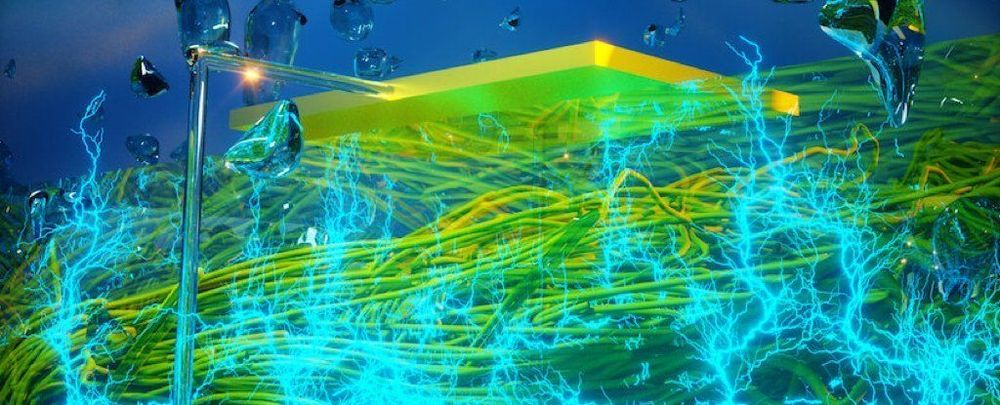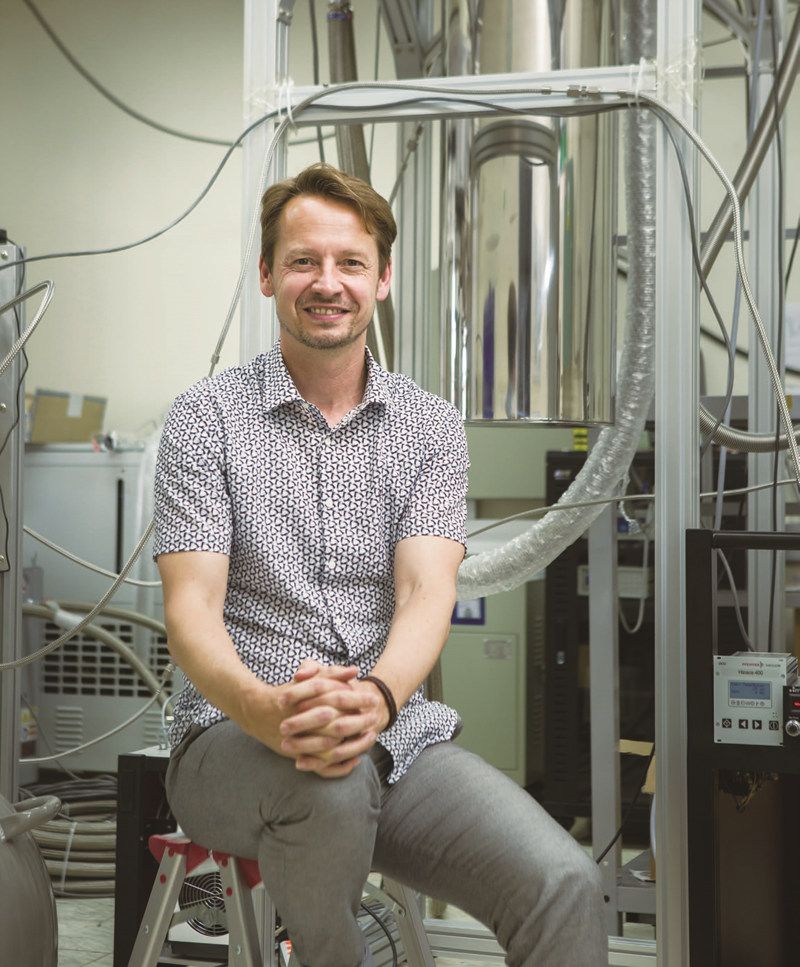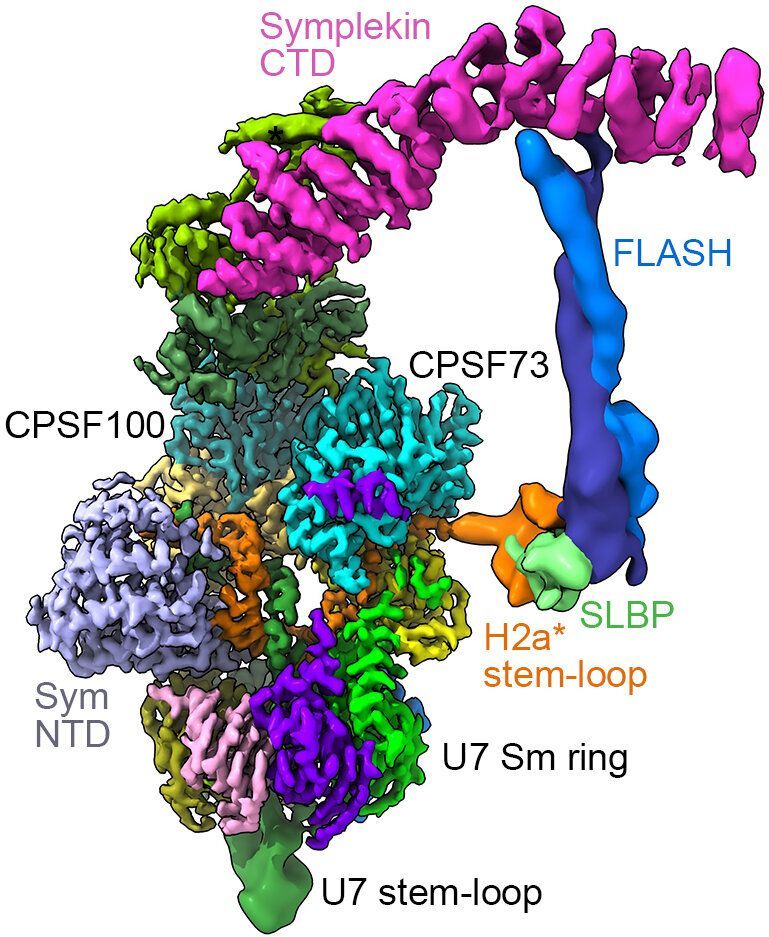It is in this second phase when Darwinian evolutionary rivers will merge with the rivers of intelligent designers, represented by scientists, programmers and engineers, who will fuse organic natural biology, synthetic biology, and digital technology into a unified whole that future generations will deem their anatomy. The merger will serve to afford greater intelligence and, longer, healthier lives. In exchange, we will relinquish actual autonomy for apparent autonomy, where what was once considered “free will” will be supplanted by the deterministic logic of machinery somewhere in the mainstream of our unconscious.
Although in-the-body technology will have an explosive effect on commerce, entertainment, and employment, in the near term the concentration will be on medical devices, such as the innocuous pacemaker (essentially a working silicon-based computer, with sensors, memories, and a stimulation device with telecommunications to the outer world). In a second epoch, these devices will be gradually down-sized by advances in synthetic DNA, molecular- and nano-sized processors, each deployed alongside and within cells and organs as permanent non-organic, internal adjuncts to our anatomy for use as: nano-prosthetics, nano-stimulators/suppressors, artificial organ processors, metabolic and cognitive enhancers, and permanent diagnostic tools to ensure our physical and psychological well-being as we head toward a practically interminable lifetime.[6]
Will a wide-spread practice of installing technology into the body fundamentally change human essence? Our sense of self-sufficiency, authenticity, or individual identity? Will it change that numerical identity, the one “I” as some static aspect of ourselves (as self-consciousness as idealized by Locke)? Or will it change our narrative identity, our unseen internal human form, to eventually redefine what it means to be human?[7].




